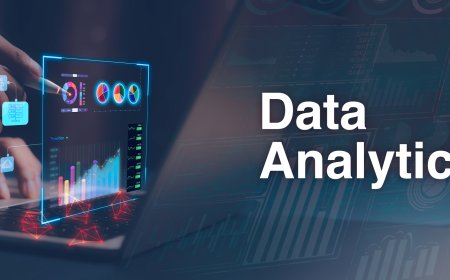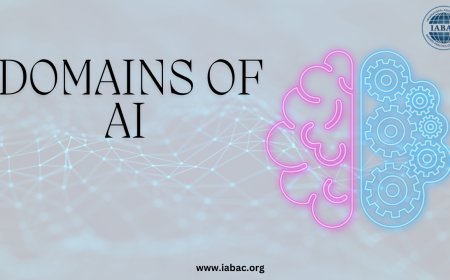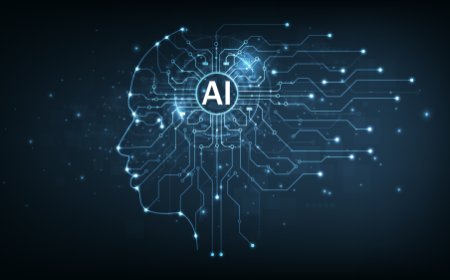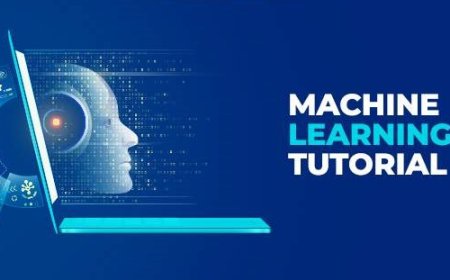Data Science: Understanding the Core Process
Explore data science essentials: from collection to insights. Know more about core processes of Data Science

Data science stands out as a crucial discipline that empowers organizations to extract valuable insights from vast amounts of data. As businesses increasingly recognize the importance of data-driven decision-making, the data science process becomes a pivotal element in transforming raw data into actionable intelligence. In this comprehensive guide, we will delve into the intricate layers of the data science process, exploring its stages, methodologies, and key components.
Process of Data Science
The data science process is a systematic approach to solving complex problems and the hidden patterns within data. It encompasses a series of steps, each playing a vital role in turning raw data into meaningful insights. Let's dissect the process into key stages:
1. Problem Definition and Understanding: The initial phase of any data science project, it is a critical starting point that shapes the entire trajectory of the endeavor. This stage involves articulating clear project goals, delineating the project's scope to avoid scope creep, setting precise and measurable objectives, recognizing and navigating constraints, and crafting a focused and specific problem statement. Involving stakeholders is paramount for incorporating diverse perspectives and domain knowledge, contributing to a more robust problem definition. Additionally, this phase entails proactive risk identification, efficient resource allocation, and acknowledgment of the iterative nature of problem definition.
2.Data Collection: Once the problem is defined, the next step is to gather relevant data. This involves accessing various data sources, whether structured or unstructured.
3. Data Cleaning and Preprocessing: Raw data is often messy and riddled with inconsistencies. Data cleaning involves handling missing values, removing outliers, and transforming data into a suitable format.
4. Exploratory Data Analysis (EDA): EDA is a critical phase where data scientists visualize and analyze the data to identify patterns, trends, and anomalies.
5. Feature Engineering: Feature engineering involves selecting and transforming variables to enhance the model's performance.
6. Model Building: This is the heart of the data science process, where machine learning models are selected, trained, and evaluated and highlight the diverse set of algorithms and evaluation criteria employed in this phase.
7. Model Deployment: Once a model is trained and validated, it's ready for deployment in a real-world environment. "Model deployment strategies" and "productionizing machine learning models" are crucial concepts that underscore the importance of seamless integration into operational systems.
8. Monitoring and Maintenance: The journey doesn't end with deployment. Continuous monitoring ensures that the model performs optimally over time.
9.Communication of Results: Effective communication of insights is vital for stakeholders to make informed decisions. the importance of presenting findings in a comprehensible and actionable manner.
10. Feedback Loop and Iteration: The data science process is iterative. Feedback from stakeholders and the real-world performance of the model inform further iterations and improvements. "Iterative data science process" and "feedback loop in machine learning" highlight the dynamic nature of this field.
Challenges in Data Science Process:
Challenges in the data science process include tackling bias in data to ensure fairness, addressing ethical considerations in data handling and analysis, and improving the interpretability of machine learning models. The rise of terms like "ethical data science" and "interpretable machine learning" reflects a growing awareness within the data science community regarding these critical challenges.
To Summarise, into the systematic journey of data science, emphasizing key stages from problem definition to model deployment. It stresses the importance of collaboration, risk identification, and best practices in problem definition, data collection, cleaning, and preprocessing. Advanced tools in Exploratory Data Analysis (EDA) and strategic feature engineering are highlighted. Model building, deployment, and monitoring, with a focus on communication and iteration, showcase the dynamic nature of the process. Challenges like bias, ethics, and model interpretability are discussed.










































